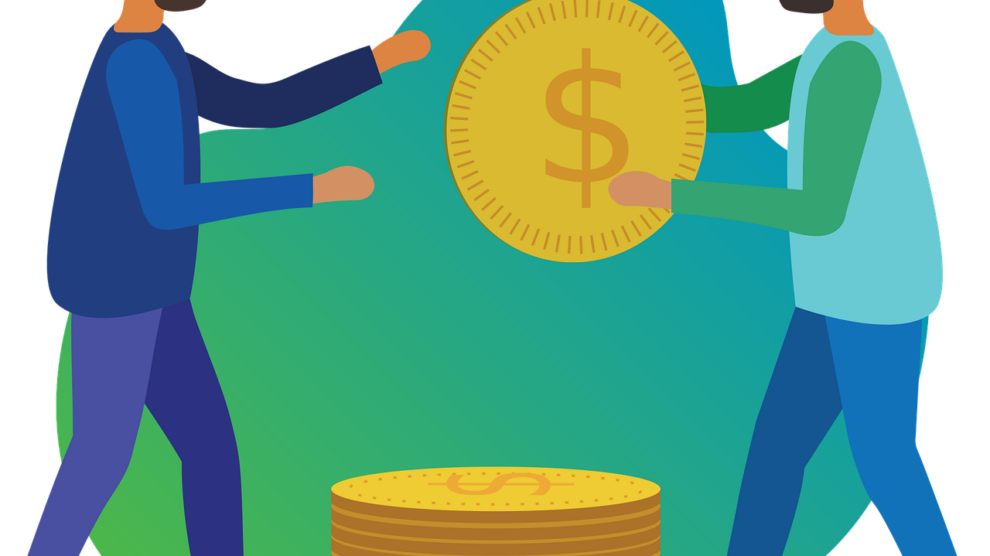Expert advisors or EA, like most other products in the currency market, have the potential to make a return while also causing the trader to lose a portion or all of their investments – in certain situations. Elements like technical and fundamental analysis are simply handled with the aid of forex EAs. Traders can use algorithmic trading methods to improve specific regulations for trading positions that can then be implemented instantly by a robot once they’ve been configured.
After reviewing information from sources, it is fair to conclude that the FX market employs the three trading strategies: Manual, automated, and semi-automated trading.
Manual Trading
Manual trading is a method of trading that relies on individual expertise to initiate and exit transactions. Manual trading refers to individuals that actively evaluate all market occurrences, chart patterns, and fundamental data before opening and closing deals in the currency market. This is the most common trading strategy since it offers numerous advantages over other approaches, including:
- Each order can be opened and closed at any time.
- Rapid response to the publication of important news.
- Trading is possible irrespective of market conditions.
- Stop-loss and take-profit orders are placed flexibly.
- Controlling the market’s fluctuation is simple.
It’s also worth mentioning that manual trading has drawbacks, the most notable of which are:
- Trading over four to six currency pairs at the same time is not feasible. If their number increases, the effectiveness of trade suffers significantly.
- The trader may go under psychological stress, which leads to impact the trading decisions.
- Complicated computations take time to complete.
- It’s difficult to trade a large number of orders of various currency pairings in a brief period.
- It’s difficult to look at many charts at the same time.
- A trader’s trading period is somewhat restricted.
Manual trading, according to many traders, is preferable because it requires human judgement to evaluate market movements and manage risk. They believe that analysing data and combining it for subjective interpretation is where automation belongs.
Automated Trading
Automation is a way of completing orders using pre-programmed automatic trading algorithms that take into consideration variables including timing, pricing, and volume. Algorithmic trading refers to the use of specific software that streamlines the practice of trading, sparing traders a significant amount of time and effort. In comparison to manual trading, this sort of trading tries to make use of the efficiency and computing capabilities of technology. The trader merely needs to keep track of their strategy’s effectiveness and make modifications as needed.
The following are some of the advantages of algorithmic trading:
- Working with a wide variety of instruments is possible.
- Fear, anxiety, and false excitement are not felt by the adviser.
- The ability to place several orders for buying and selling at the same time.
- Trading is possible 24 hours a day.
- Instantaneous response to price changes.
- Indicators, charts, and volumes are analysed in real-time.
Algorithmic trading, on the contrary, has a few drawbacks as well, the most prominent of which are:
- If the approach was picked improperly or setup errors were made, the adviser will continue to execute transactions, even if they result in losses.
- Because an adviser cannot respond to changes in the marketplace on its own, its parameters must be altered promptly.
- Simple advisers are incapable of performing fundamental analysis or reacting to breaking news.
Semi-automatic Trading
Semi-automated trading, like manual trading, entails a trader making an autonomous choice on whether to start or close a position. Fundamental considerations indicate initiating a trade and the advisor’s signal acts as a confirmation element in semi-automated trading. You may monitor market volatility and analyse EA outcomes before executing a transaction instead of depending on a completely automatic trading system.
The following are some advantages of semi-automated trading:
- Indicators for buying and selling of numerous currency pairings can be formed simultaneously.
- Giving the user the ability to evaluate fundamental aspects without having to execute automated transactions.
The disadvantages of semi-automated trading include:
- Individually initiating trades causes delays in the execution of orders.
- It is difficult to trade 24 hours a day.
- The trader’s psychological response may influence the opening and closing of the trades.
Conclusion
In order to gain profit make sure you have a clear understanding of these three major types of trading techniques thoroughly before getting started in the FX world.





